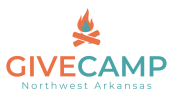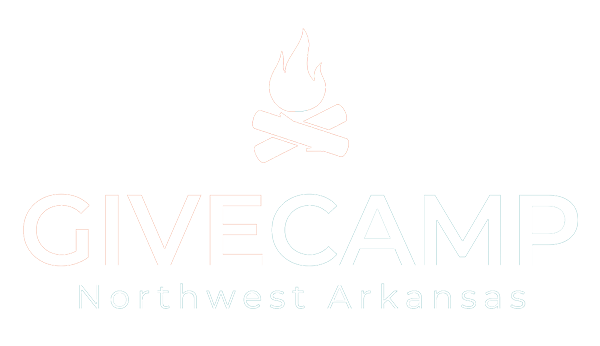Editor note: this is the first of a two-part series looking at the four P’s of marketing for nonprofits.
By David Bernstein
There seems to be an impression that marketing for a non-profit organization is completely different than it is for Walmart, Tyson, Ford, or Pfizer. Nothing could be further from the truth. The basic four P’s of product, price, promotion, and placement are just as important for your non-profit as the other companies. The only difference is likely to be how one defines each and puts it into action. That’s it.
What Are You Selling?
It seems strange to think of food insecurity, homelessness, or whatever your organization’s focus is as a product. Nevertheless, they are because just like any other product, your cause is designed to solve a problem. Whether it is systemic hunger or someone’s temporary need for a donut, marketing is focused on solving problems.
I hope now we can agree that whether you are selling chicken sandwiches or raising money for chicken antibiotic resistance research it’s still sales. And in order to make a sale, you have to have a compelling story to get your audience to reach into their pockets in exchange for the product.
Nearly all basic advertising appeals that work for Amazon can easily work for your organization. It’s just that some are a bit trickier than others.
- Personal Appeal – How is it going to affect me or my family?
- Fear Appeal – If you don’t use this product, will you be able to keep your job, your family safe, your social standing?
- Romanic/Nostalgia Appeal – Remember when things were different and better?
- Endorsements – Well, if Tom Hanks says it is good, it must be good.
- Popularity Appeal – If everyone else is doing it, I guess I should as well. Implied in this appeal is the fear that if you don’t get on the bandwagon you will be left behind.
- Empathy Appeal – (I’ll bet you already use this one.) Isn’t it terrible what is happening to these abandoned kittens and puppies?
- Potential Appeal – You can get that job, win that race, earn that degree, or stamp out cancer.
- Scarcity Appeal – If you don’t get your McRib now, it’s going to be a while until you can again. Once the snowy blue owls are gone, they’re gone.
The last one on my list can be controversial. I still contend it can be used given just the right situation and messaging; Humorous Appeals – Here are two of the better examples for your reference; Official Furkids Kitty Kommercial and Coal Will Say Anything.
Everything Has a Price
I hear you saying, “But we don’t sell anything. We just raise money for [insert your cause here].” Whenever money changes hands, a sale of some type is taking place. The exchange doesn’t always have to involve goods or services. Often you are selling a good feeling of knowing the donor has done the right thing or contributed to something bigger than herself. You might be selling the opportunity to be a volunteer.
The question many entrepreneurs ask is how do I know how much to charge? As a non-profit this question usually only comes up when needing to price an event or thank you gift like a coffee mug. And the general calculation is simply enough to cover the cost of the gift plus whatever others who offer the same gift are asking. As an aside, a public radio station coffee mug used to go for a $35 membership pledge. The last time I checked a pledge of $120 got you a KUSC Los Angeles travel mug. How times have changed. Of course, most people don’t donate to organizations for the gift. But the question still remains; how much do we ask?
It boils down to the same issues for the hot dog stand vendor and your organization. What are your expenses and what do you need to cover those? What are others charging (or donor levels) for similar products? Are you competing on a local or national basis? (There is a whole other discussion on who is your real competition for the donor dollar.) Should you charge less and have more buyers or charge a lot and have fewer customers?
Some non-profit organizations dig deeper with tools including Strengths, Weaknesses, Opportunities, and Threats (SWOT) analysis, assessing environmental factors including changes in state and federal regulations and laws, market research with past and future donors, and a detailed analysis of the existing donor base. Of course, you can only do what time and budgets permit but many of these analyses are well worth the effort and can pay off handsomely in the end.
Next time, we’ll discuss the last two P’s, promotion and placement.
About David Bernstein
Finding answers for companies large and small is what keeps David Bernstein vibrant and challenged each day. For more than 30 years, David has worked in and around the market and marketing research industry. He is currently an officer of SCORE of Northwest Arkansas, a nonprofit organization that is dedicated to helping small businesses get off the ground, grow and achieve their goals through education and mentorship. His nonprofit experience also includes marketing and membership positions at several public radio and television stations in NY and TX, a food bank in update New York, and mentoring numerous nonprofit organizations in Arkansas.

